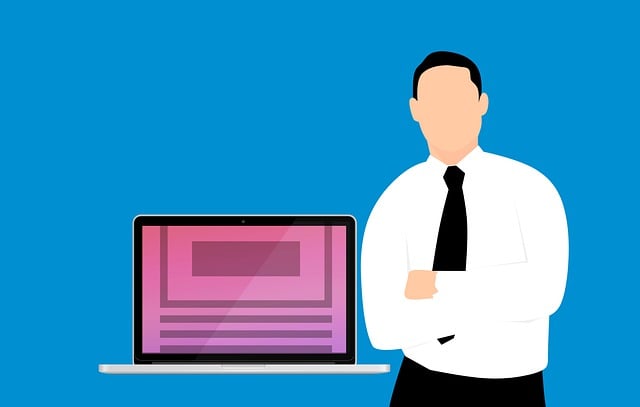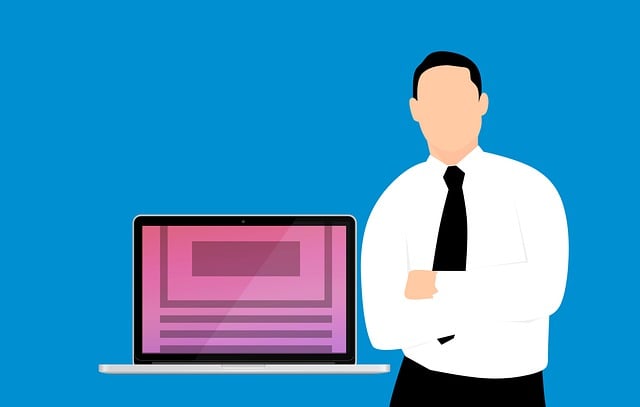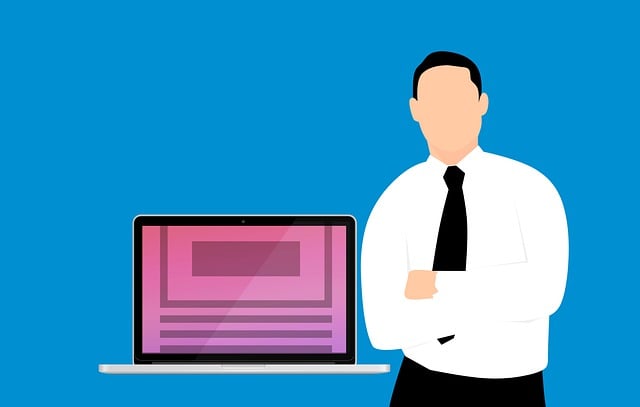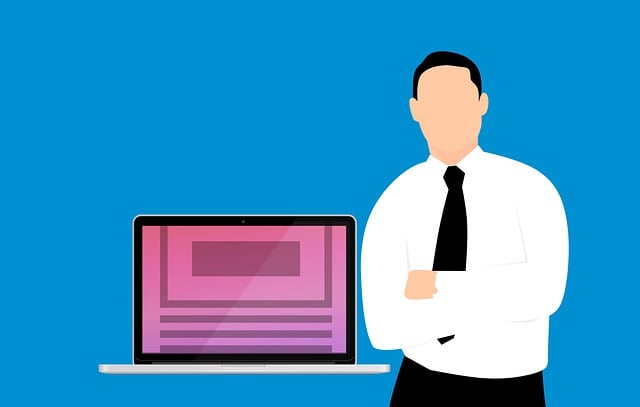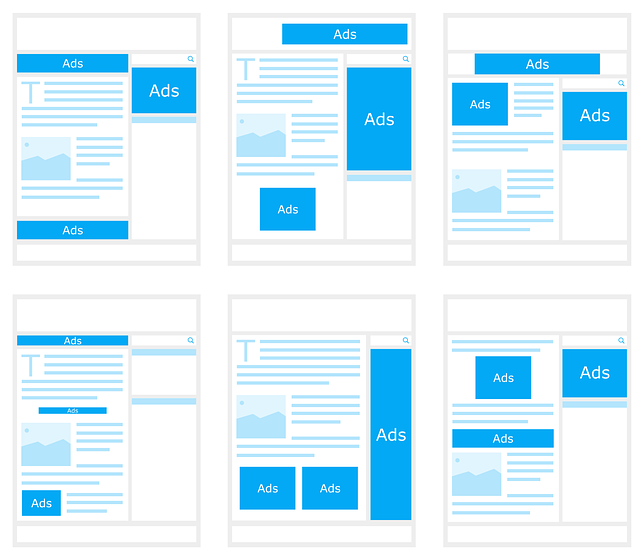Are your email campaigns falling flat? Do you struggle to captivate your audience and drive them to take action? It’s time to step up your email copywriting game and unleash the power of persuasive communication. Welcome to the ultimate guide to effective email copywriting, where you will discover the secrets to crafting emails that truly resonate with your audience.
In this guide, we will dive deep into understanding your audience, ensuring your emails strike a chord with their needs and desires. We’ll explore the art of crafting attention-grabbing subject lines that compel recipients to open and devour your message. You’ll learn how to write compelling email introductions that instantly grab attention and keep readers hooked. We’ll unveil the strategies for structuring persuasive body copy that persuades, influences, and converts. And, of course, we’ll equip you with powerful call-to-action strategies that leave no room for hesitation.
Plus, we’ll show you how to optimize your emails for mobile devices, reaching your audience wherever they are. Get ready to transform your email campaigns into captivating works of art.
Are you ready to take your email copywriting skills to the next level? Let’s dive in.
Key Takeaways
- Understanding audience through segmentation and buyer personas
- Personalization techniques for a more engaging experience
- Testing and analyzing subject lines through A/B testing
- Writing compelling email introductions through storytelling and emotional triggers
Understanding Your Audience
You need to truly understand your audience in order to craft email copy that resonates with them and compels them to take action.
One effective way to do this is through audience segmentation, which involves dividing your email list into smaller, more specific groups based on shared characteristics or behaviors. By segmenting your audience, you can tailor your email content to address their unique needs and interests.
Another useful tool is creating buyer personas, which are fictional representations of your ideal customers. These personas help you understand your audience on a deeper level by identifying their demographics, goals, challenges, and preferences. Armed with this knowledge, you can create email copy that speaks directly to your audience’s desires and pain points.
Now, let’s dive into the next section and explore the art of crafting attention-grabbing subject lines.
Crafting Attention-Grabbing Subject Lines
Are you tired of your email subject lines going unnoticed?
Learn how to craft attention-grabbing subject lines that will make your recipients want to open your emails.
Personalization techniques can greatly increase the effectiveness of your subject lines by making them feel more tailored to the individual.
Additionally, testing and analyzing subject lines can provide valuable insights into what resonates with your audience, allowing you to continuously improve your email marketing strategy.
Using Personalization Techniques
When crafting your email copy, make sure to incorporate personalization techniques to create a more engaging and memorable experience for your recipients. Because as the saying goes, ‘A little personal touch goes a long way.’
By using segmentation strategies, you can divide your audience into smaller groups based on their preferences, demographics, or past interactions. This allows you to tailor your message to each group’s specific needs and interests.
Additionally, using dynamic content allows you to dynamically insert personalized information into your emails, such as the recipient’s name, location, or recent purchase history. This not only grabs their attention but also makes them feel valued and understood.
Personalization techniques can significantly increase your email open rates and click-through rates, leading to higher conversion rates and ultimately, more sales.
Now, let’s explore the next step: testing and analyzing subject lines.
Testing and Analyzing Subject Lines
Next, we delve into the process of testing and analyzing subject lines to maximize the impact of your email marketing campaign. A/B testing is a crucial tool to determine which subject lines resonate best with your audience. By creating two versions of the subject line and sending them to a subset of your subscribers, you can compare open rates to see which performs better. This allows you to refine and optimize your subject lines for maximum effectiveness.
Analyzing the data from A/B testing provides valuable insights into what grabs your audience’s attention and encourages them to open your emails. Once you’ve mastered subject line testing, you can move on to writing compelling email introductions that will keep your readers engaged from the very beginning.
Writing Compelling Email Introductions
Crafting a captivating email introduction is essential for grabbing your reader’s attention and keeping them engaged. But how can you ensure your opening sentence stands out from the rest?
The key lies in engaging storytelling and triggering emotions. Begin your email with a compelling story or scenario that resonates with your audience. Paint a vivid picture that captures their imagination and makes them curious to learn more.
Additionally, leverage emotional triggers such as fear, excitement, or curiosity to create an immediate connection. By evoking emotions, you can make your introduction more memorable and compelling.
As you master the art of crafting engaging email introductions, you’ll seamlessly transition into structuring persuasive body copy that keeps your readers hooked until the very end.
Structuring Persuasive Body Copy
Now that you’ve mastered the art of writing compelling email introductions, it’s time to delve into the heart of your email – the body copy. This is where you have the opportunity to captivate your readers with engaging storytelling and persuasive language that will keep them hooked until the very end.
Remember, your goal is to not just inform, but to compel your readers to take action. Start by crafting a strong headline that grabs their attention, then use concise and impactful sentences to build your case.
Share relatable anecdotes or success stories to create an emotional connection with your audience. By weaving these elements together, you can create a persuasive narrative that drives your readers towards the desired action.
And speaking of actions, in the next section, we’ll explore effective call-to-action strategies that will seal the deal.
Call-to-Action Strategies
To truly engage your readers and inspire them to take action, it’s crucial to implement persuasive call-to-action strategies in your email body copy. Here are three powerful tactics that can significantly increase your conversion rates:
-
Create a sense of urgency: Use compelling language and time-sensitive offers to motivate your readers to act immediately.
-
Offer a clear and enticing incentive: Provide a valuable reward or exclusive benefit that encourages your audience to click through and complete the desired action.
-
Use A/B testing: Experiment with different call-to-action placements, colors, and wording to determine which approach generates the highest conversion rates.
By incorporating these conversion optimization techniques, you can not only improve the effectiveness of your email copy but also gain valuable insights through A/B testing.
Now let’s explore how to optimize your emails for mobile devices.
Optimizing for Mobile Devices
Get ready to boost your email conversion rates by optimizing your emails for mobile devices – it’s time to ensure your messages are seamlessly accessible on smartphones and tablets.
With the majority of people now using their mobile devices to check their emails, it’s crucial to have a mobile-friendly design that captures their attention and encourages action.
Start by using responsive templates that automatically adjust the layout and formatting of your emails to fit different screen sizes. This will ensure that your emails look great and are easy to read on any device.
Keep your email copy concise and engaging, using captivating subject lines and clear call-to-action buttons that are easy to tap on.
By optimizing for mobile devices, you’ll be able to reach a wider audience and increase your email conversion rates.
Frequently Asked Questions
How can I identify the specific needs and preferences of my target audience?
To identify the specific needs and preferences of your target audience, start by conducting target audience profiling.
This involves gathering demographic information, such as age, location, and interests.
Additionally, conduct customer preference analysis by surveying your audience or analyzing their online behavior.
By understanding their preferences, you can tailor your email copy to resonate with them.
Remember, knowing your audience inside out will help you create persuasive, engaging, and concise email content.
What are some creative and unique subject line ideas that can help my email stand out in a crowded inbox?
Want your emails to stand out in a crowded inbox? It all starts with a unique subject line. Get creative and think outside the box to grab your reader’s attention.
Use intriguing questions, humor, or personalization to make your subject line irresistible. Remember, you only have a few words to make an impact, so make them count.
A unique subject line is the key to standing out and getting your emails opened.
Are there any proven techniques or formulas for writing a captivating email introduction that hooks the reader from the start?
Want to grab your reader’s attention right from the start? Craft a captivating introduction that leaves them wanting more.
Start with suspense, stirring up curiosity and emotion. Make them wonder what’s coming next.
Use active language and contractions to create a conversational tone that draws them in. By doing this, you’ll increase reader engagement and ensure your email stands out in a crowded inbox.
Get ready to hook your audience and make an impact with your email copy.
What are some effective ways to structure the body copy of my email to keep the reader engaged and interested in the message?
To keep your reader engaged in the body copy of your email, use personalization techniques and storytelling elements. Start by addressing their specific needs and interests, showing them that you understand them.
Then, weave a compelling story that relates to their challenges or desires, making it relatable and engaging. Use concise and persuasive language to keep their attention and drive your message home.
By using these techniques, you’ll ensure your email captures and maintains their interest.
How can I create a strong and compelling call-to-action that encourages the reader to take immediate action?
To create a strong and compelling call-to-action, use persuasive language that creates urgency. Encourage immediate action by emphasizing time-sensitive offers or limited availability.
For example, use phrases like ‘Act now to secure your spot’ or ‘Limited time offer – don’t miss out!’
Incorporate a figure of speech like a metaphor or a simile to add rhythm and flow to your writing. This will captivate the reader and make your call-to-action even more enticing.
Conclusion
In conclusion, you now possess the ultimate guide to effective email copywriting.
By understanding your audience, crafting attention-grabbing subject lines, and writing compelling introductions, you’re equipped to captivate and persuade your readers.
Remember to structure persuasive body copy and incorporate strong call-to-action strategies to drive desired responses.
And don’t forget to optimize your emails for mobile devices, just like a well-tuned engine on a race car.
So, rev up your email marketing game and start writing winning emails today!

